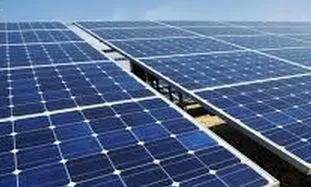
ASEAN could derive 70% of its energy from green sources
Greenpeace report says this could occur by 2050. Greenpeace believes that by 2050, green energy could account for 70% of the electricity generation for the 10 countries comprising the Association of Southeast Asian Nations. This boost in green energy could also result in US$2.8 trillion worth of investment; US$2.7 trillion in fuel-cost savings and 1.1 million jobs by 2030, said the report entitled “Energy [R]evolution: A Sustainable Asean Energy Outlook.” The report also noted that 28% of the region's total population, or 160 million people, still had no access to electricity. Sven Teske, renewable energies director at Greenpeace International, said ASEAN countries have more than enough natural resources to become a leading player for clean, renewable energies. "Renewable energies are more competitive than coal, utilize indigenous local resources and create more employment," Teske said. "Using more renewables is now an advantage for the economy, not a burden and reduces their dependence on dirty, imported fossil fuels like oil and coal."




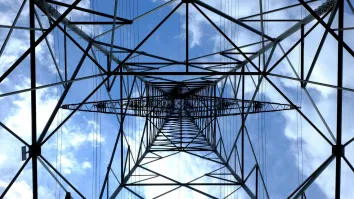

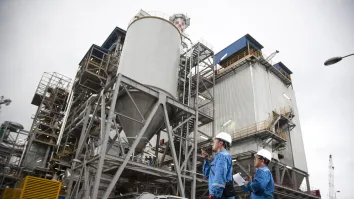
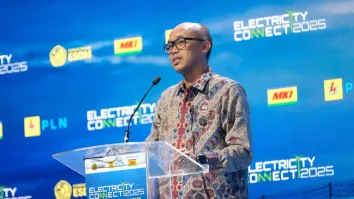








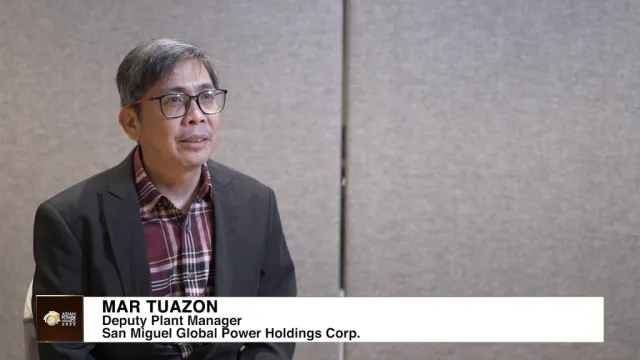
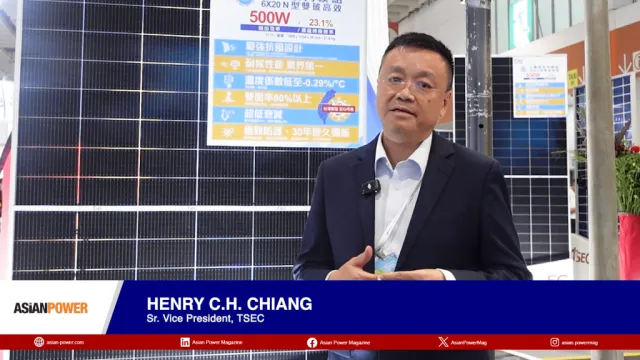

 Advertise
Advertise







